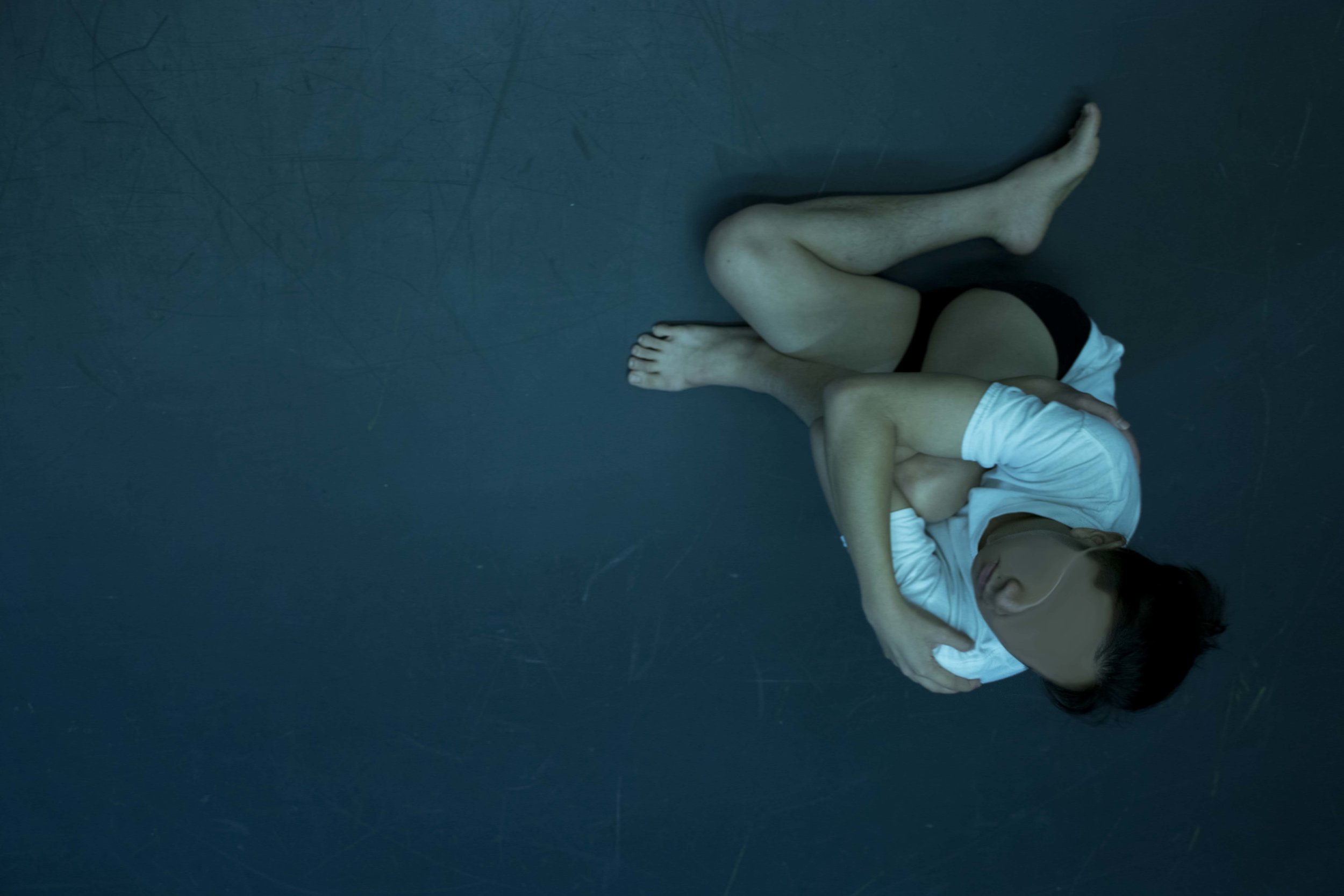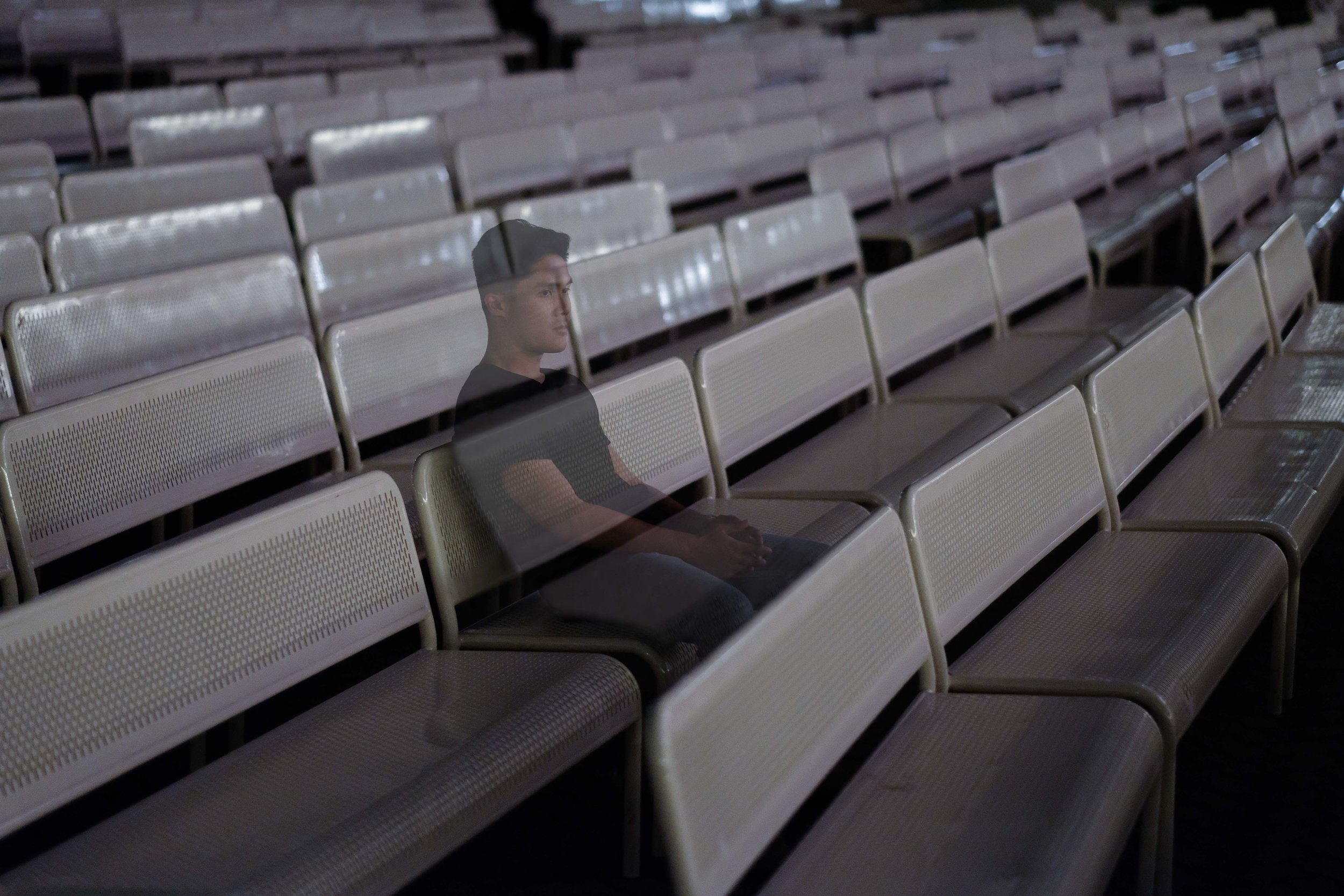“Ride or Die” 8ft x 10ft Smog Eating Mural at UC San Diego
Portraits
Concert Photography
“Unapologetically South Asian Women” Photo Series
“You’re Not Asian; You’re Indian” Photo Series
Casually, I would refer to my “Asian parents” in situations where I told my white friends that I couldn’t go out for reasons they probably would not understand. Many times, they would respond, “You’re not Asian, you’re Indian." I would explain, “India is in Asia, and I’m not Indian; I’m Bangladeshi, which is also in Asia.” That’s when they were cued to say, “Same thing,” forcing me to brush it off because what they knew was “Asian” did not look like me.
In a broader scope, most types of Asians are referred to as the “model minority.” Since that is the case, the lack of Asian representation doesn’t receive as much attention, people fail to talk about the racism that exists within Asia and the huge amount of diversity in the continent gets lost because they are all referred to with one word: Asian. At the same time, when people say “Asian,” they are often only referring to those who are East Asian, so the South Asian, Middle Eastern and Russian, etc. narratives become even more hidden. It's overlooked that many Asian groups are culturally very similar, for example, when it comes to the food we eat, the way we study, our relationship with our families, etc., and we face similar difficulties such as the striking gender hierarchy, fetishization of our people, the constant pressure to compare ourselves to white beauty standards, etc.
Yes, by all means, the various types of East and South Asians (and every other type of Asian not represented in this project) should individually embrace the unique aspects of their cultural identities, they deserve to uplift their own populations, and they should reclaim that which oppressed them in their histories to empower their people to rise against injustice. But, when it comes to the overarching Asian identity that we all share, we should be inclusive, understand our similarities, celebrate our differences and work together to gain equality with the rest of the world. Too often, the Asian narrative is the one that gets lost, but that doesn’t mean that we should leave part of our people behind when we are bringing our story forward.
“The Epistemological Predicament” Photo Series
The Mystic















































